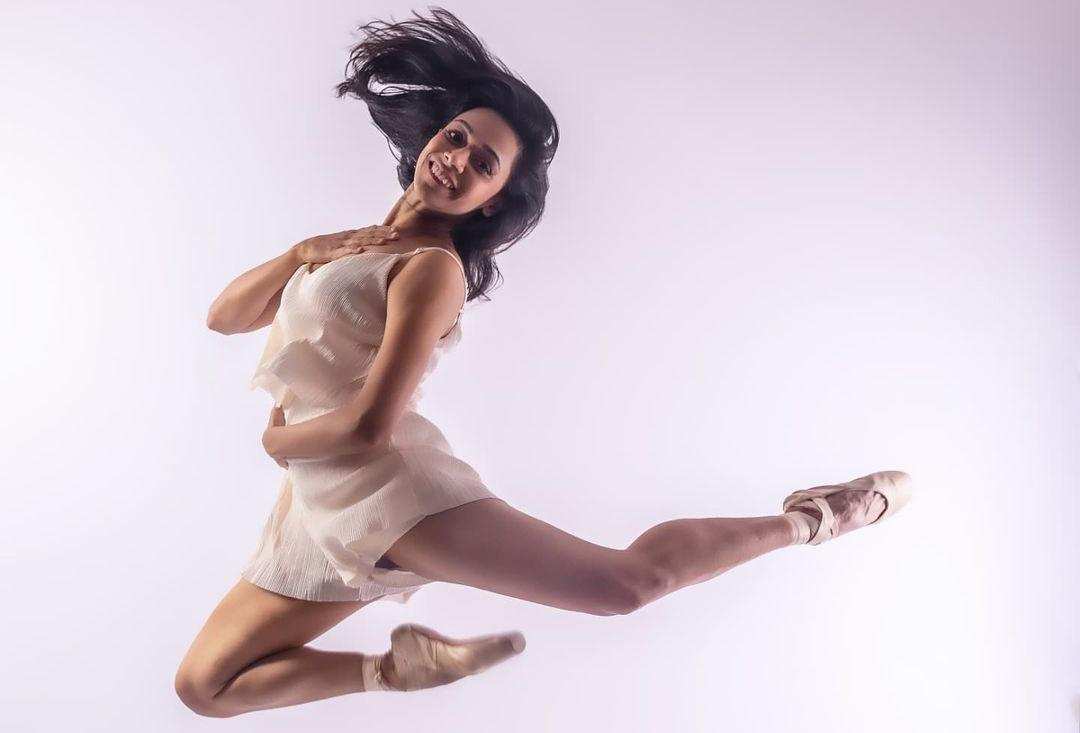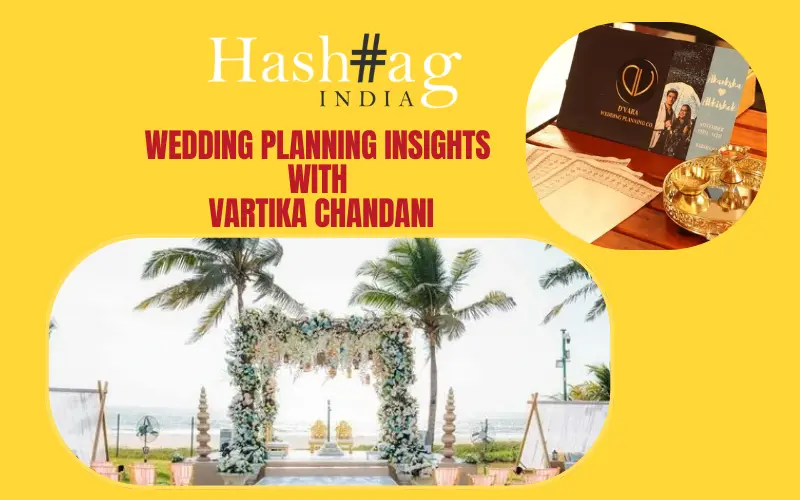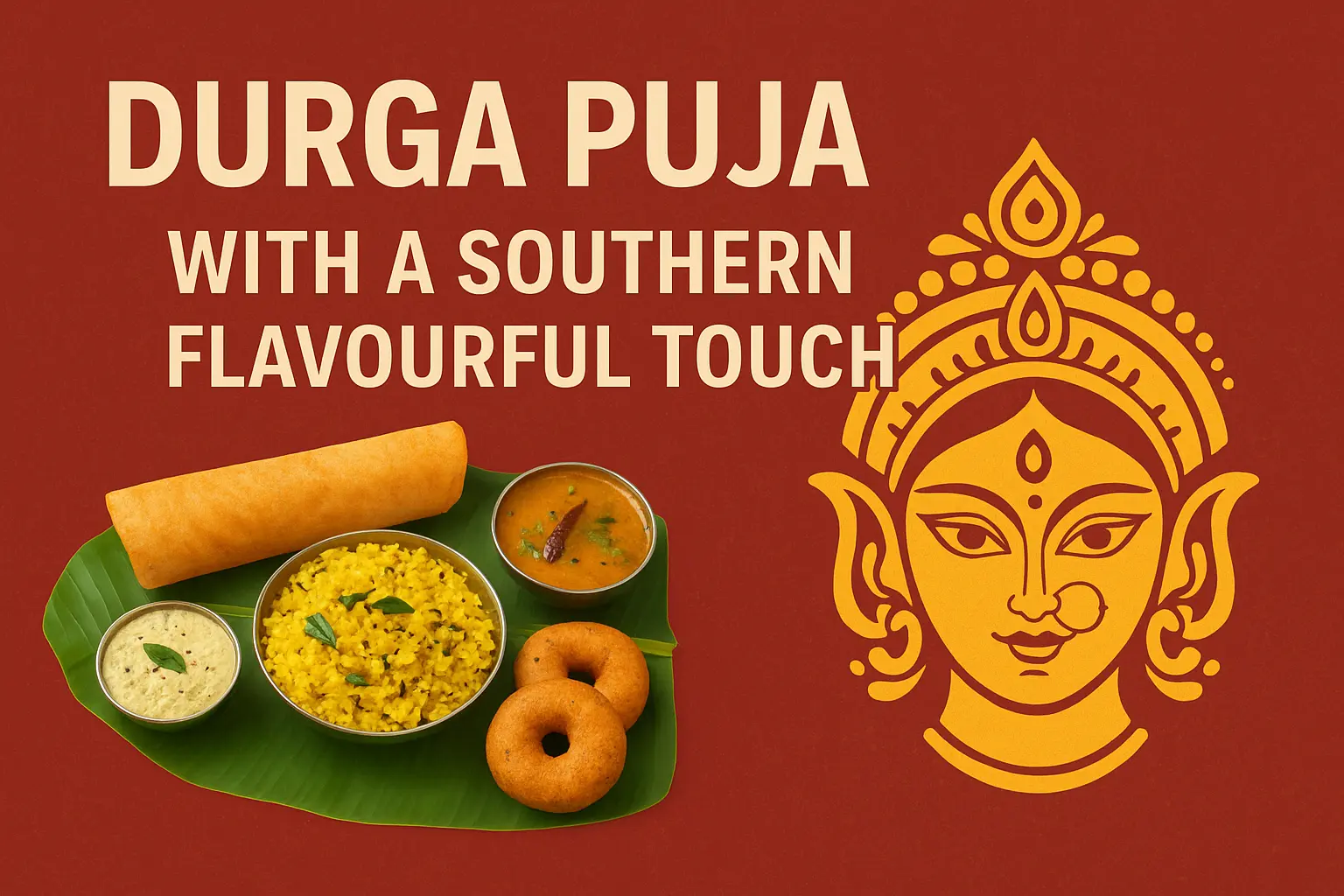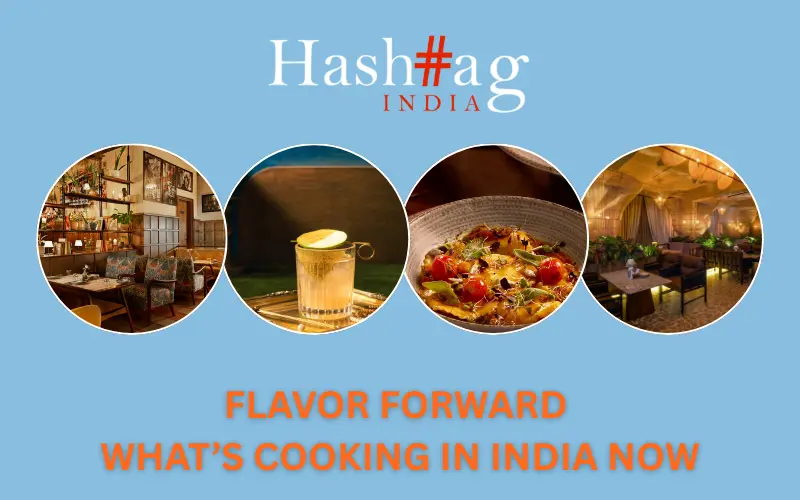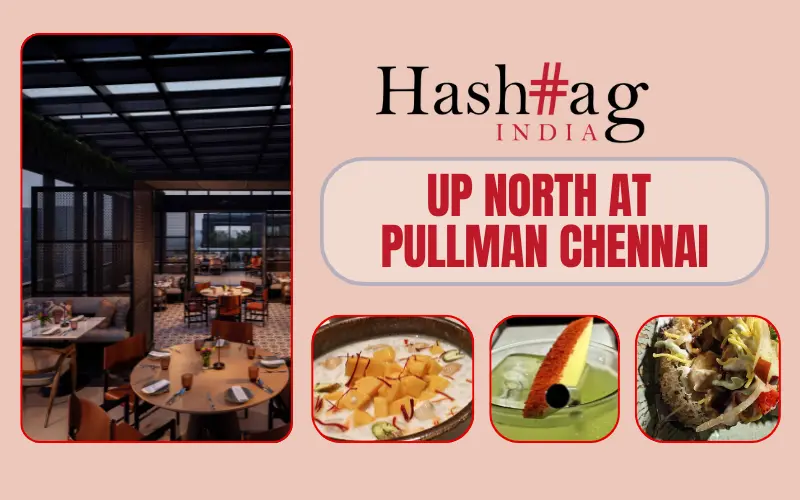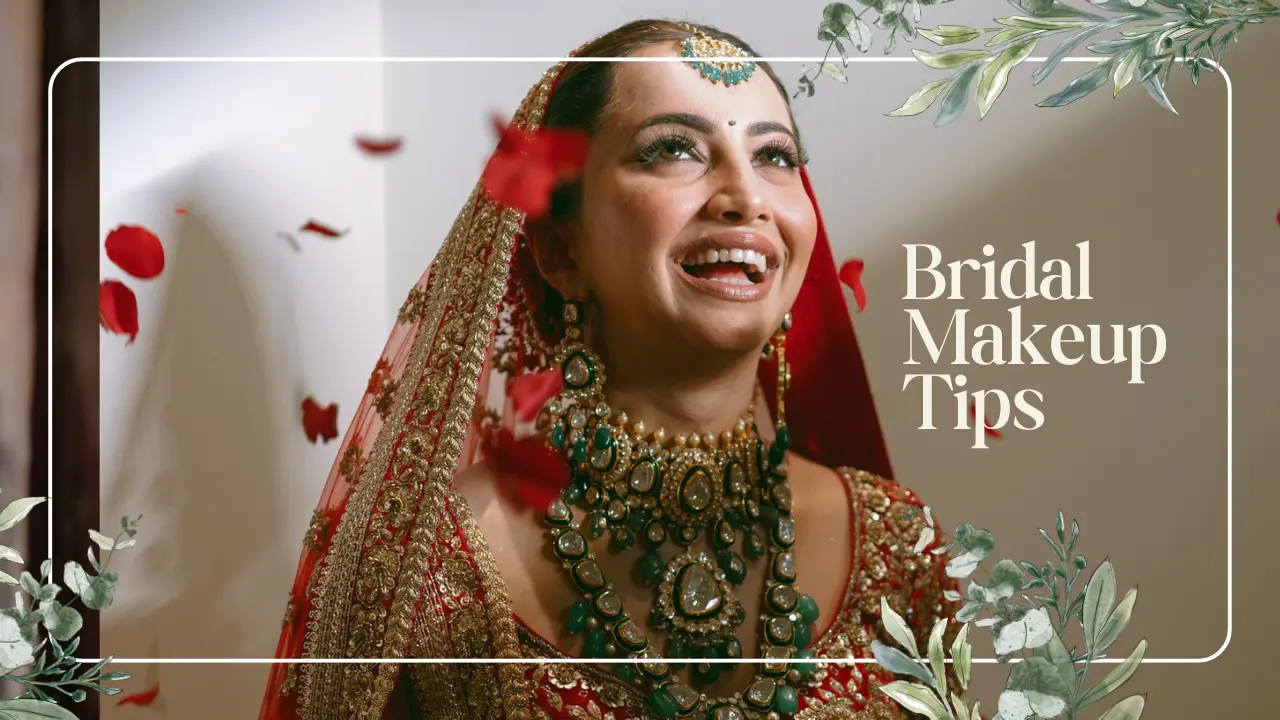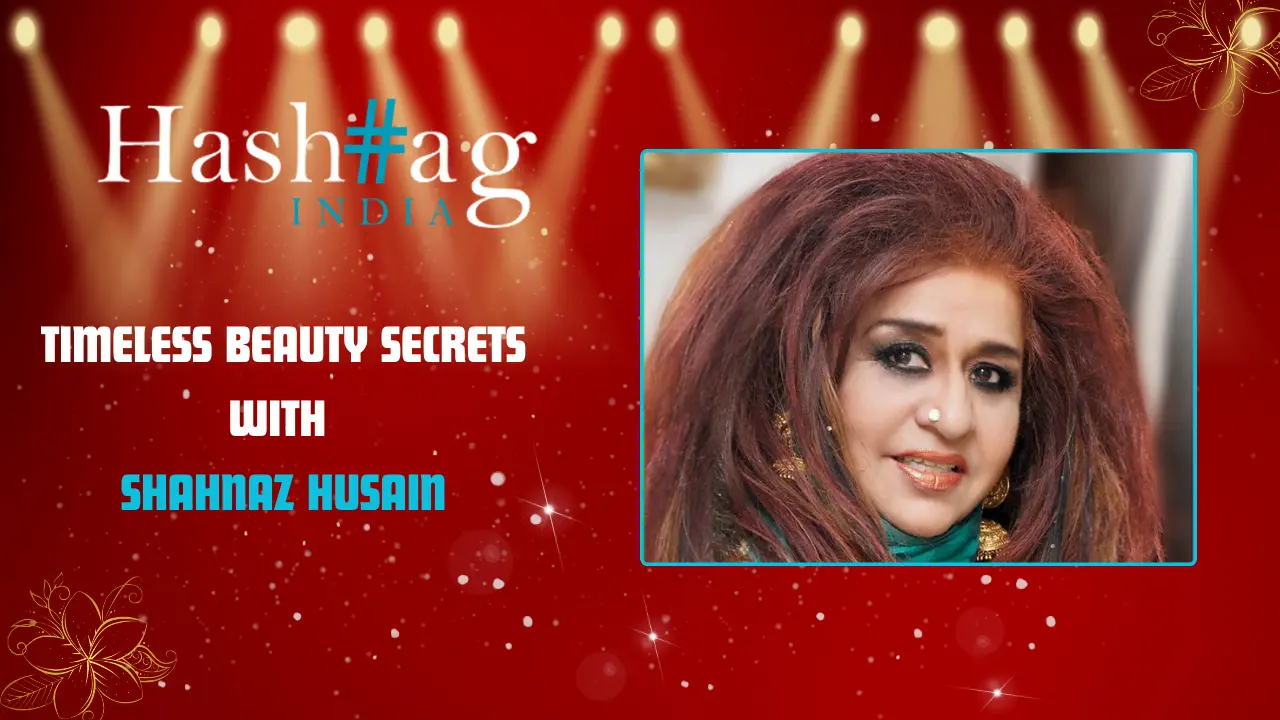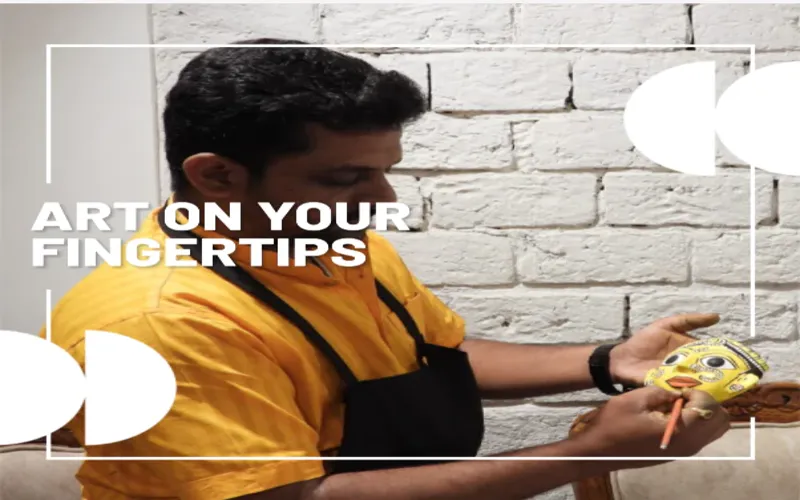Canta Dadlaney talks to Miss Twinkle-Toes, as Shivani Mistry likes to call herself, to understand her interest in this graceful dance form which many admire but few pursue.
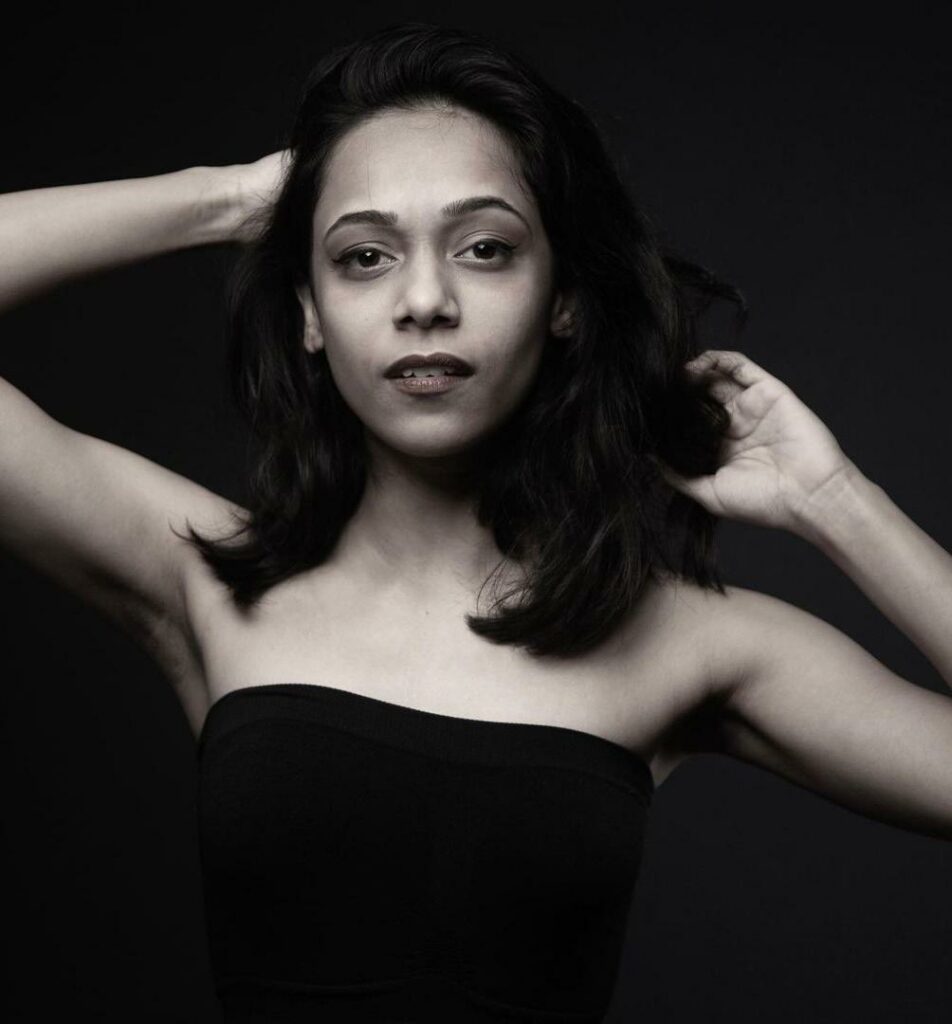
Shivani translates to follower of Lord Shiva; it is perhaps this that impacted Shivani Mistry to pursue the dance form of ballet at the tender age of 5 years. A degree in biotechnology and a career in ballet could baffle anyone. She’s been featured in the ISTD International Dance magazines for being one of the youngest to accomplish a lot in the field of Modern Theatre, Ballet and Latin American. She has also been featured in the anniversary edition of Vogue’s Blurred Lines as a physical and mental health activist and influencer. We learn more about her fascination with ballet, and what inspires her to dream.

How It All Began
How does the dream for ballet begin? Says Shivani, “I was only 5 years old when my parents noticed me walking constantly on my demi pointes. My Dad learnt of Tushna Dallas and The School of Classical Ballet and Western Dance for young kids through one of his clients. My parents contacted Tushna and secured a place for auditions. Since the fees were too steep, my parents decided against it. Tushna however, was determined to train me. She believed I was a prodigy and offered a scholarship. That’s how I started my incredible, long, dedicated journey in this dance form. At first, I pursued ballet as my only extra-curricular activity. I enjoyed it immensely. With time I found myself becoming adept at it. The challenges were many, but I never stopped.”
My parents have been pillars of support.

To be endowed with a scholarship at the age of 5 is no mean task. No wonder then, that Shivani started teaching at the age of 16 when most teens are at crossroads about career paths. An innate passion made this precocious teenager start saving as much as she could from her nominal earnings from the age of 18. Every time the savings accumulated, she would enhance her skills with a 3–6-month training schedule, overseas. Gifted yet humble, this amazing danseuse makes no bones about her family’s inadequacy to fund this expensive dance form.
Dance science is an aspect where you research, understand and discover things required or related to movement.
“My parents have been pillars of support; why else would they have taken a 5-year-old for auditions. Ballet training entails many expenses and beyond a point there was not much they could do,” says Shivani, who never fails to express her gratitude to her parent’s initial support which she says shaped her future.
Core Learnings
Dance Science, as she calls it is an inherent part of her teaching. “Science is around us. Our bodies and minds function on the fundamentals of science. Dance science is an aspect where you research, understand and discover things required or related to movement. You must understand the anatomy, the mechanics as well as the physics behind a movement. There are so many other factors like the usage of breath, movement across the floor, injury prevention, and even safe teaching. I love to incorporate everything that science has taught me in dance and dance has taught me in science,” notes Shivani.
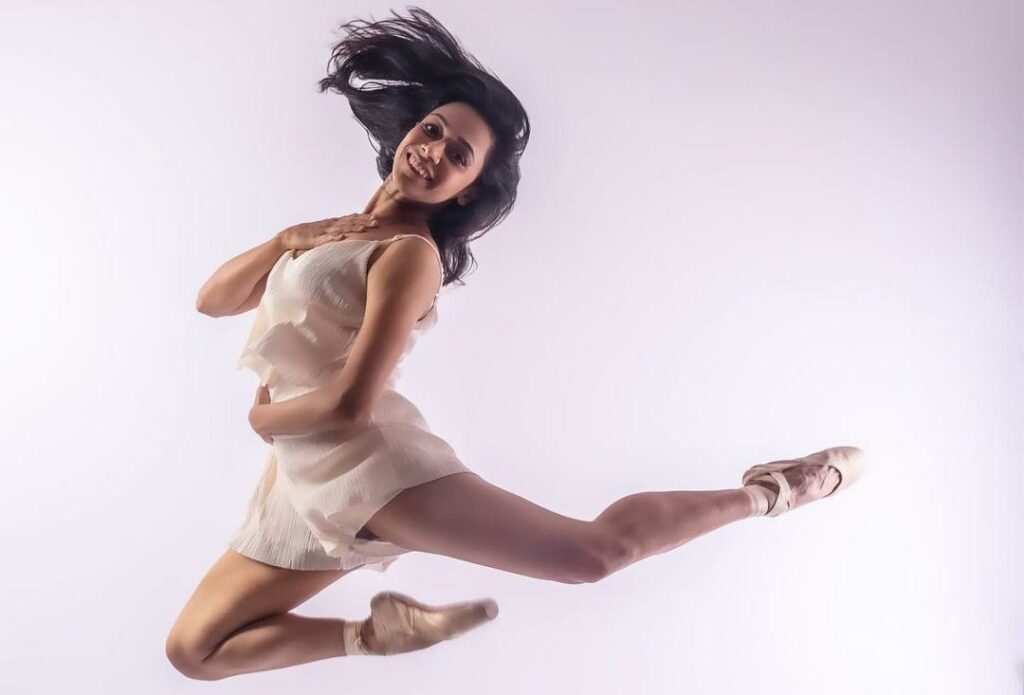
A Vibrant Career
Not one to be content only with teaching, this poised young lady has performed at numerous stage-shows, corporate events, and has enjoyed performing on stage in Israel and Australia. It has been a decade of teaching for Shivani. Teaching at the same school which gave her a break at 5 is something she plans to do always. In addition to that, she has taught at Shiamak Davar’s institution (Joy program and OYPs) and the Goa Dance Residency. From choreography to modelling and teaching, Shivani has achieved a lot at 27 years. Her visit to Israel in 2019 saw her train with the Kibbutz Contemporary Dance Company for 6 months.
Ask her what ballet has taught her in her journey of life so far and this is what she has to say: “Ballet for me has been a learning about everything that life holds for us. My incredible teacher, Tushna Dallas, taught me patience, humility, kindness, optimism, gratitude, and the art of respecting all. I have truly applied these in my life and continue to better myself every single day. I did not allow my challenges to dissuade me even once. I never looked back.”

NATOYA is Shivani’s entrepreneurial online venture which she founded during the pandemic phase. “I had never come across any stores which sell ballet-wear and accessories. I decided on this online store to encourage as many dancers as possible across the country to access this merchandise at reasonable prices.”
Ballet for me has been a learning about everything that life holds for us.
Going Forward
Change is the only constant goes the adage. Shivani’s choreographies are always inspired by change. Her efforts at creating an awareness of the many things that require change inspired her to produce works like Plastic Pollution, Survivors, Social Man Kind, Apocalypse, and Riyaaz, among others. Shivani believes that in a country with a rich, diverse culture, the concept of dance as a career has many prospects in India. “I truly wish to uplift the entire artist community because I believe that India and Indian artists have a lot to offer; the world has only witnessed the tip of the iceberg.” An inspiring ballet dancer, Shivani is ready to take on new challenges and embrace as many as possible, in her passion-filled community.

